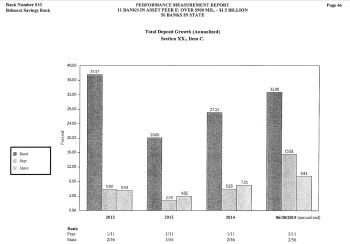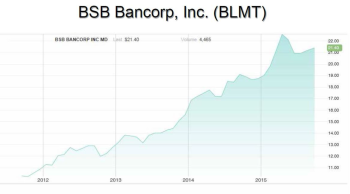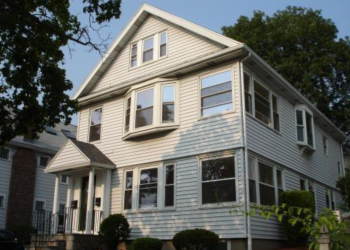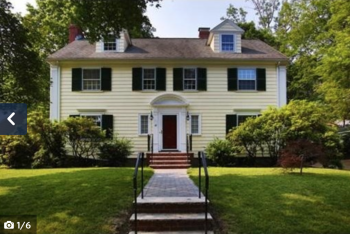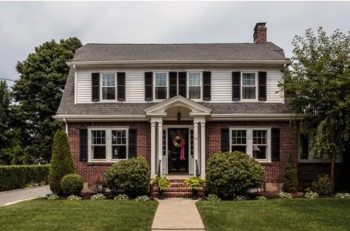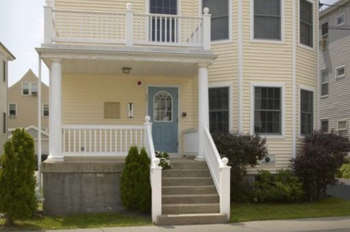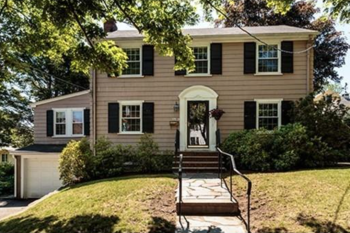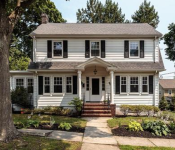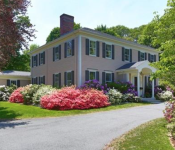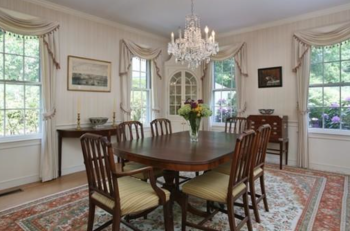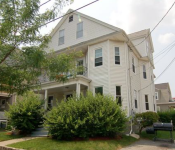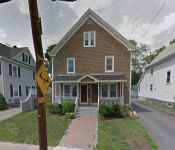Photo: After more than two years after being approved to build the project, Cushing Village remains a concept, rather than a development site.
After a more than two-year hold-up on building the largest commercial development in Belmont in decades, the end – one way or another – appears in sight as the partnership seeking to construct the long-delayed Cushing Village project have less than three weeks to take possession of a valuable town-owned parcel before a special permit expires on Thursday, Nov. 19.
Now 27 months since Bedford-based Smith Legacy Partners won approval from the town’s Planning Board to pursue a building permit for the 187,000 square foot retail/residential/parking complex situated at the corner of Trapelo Road and Common Street, at least one town official is expressing cautious optimism the developers – Smith Legacy joined with the Cambridge firm Urban Spaces this spring – will meet the new due date.
“There’s still some T’s being crossed, and I’s dotted, as long as there’re no further substantive changes, then [this can move forward],” said Sami Baghdady, chair of the Belmont Board of Selectmen at its meeting held Tuesday morning, Oct. 27.
Yet Baghdady made his statement after the board voted Tuesday to approve revisions to a parking management and easement agreements the board approved six weeks ago with the developers after demands by the project’s potential bankers “requesting changes to the language in the documents to protect lender’s rights,” said Baghdady.
Town officials said later the modifications did not alter the 50 parking spaces the town will receive in the Cushing Village complex.
Baghdady noted that in addition to the $850,000 payment the development team must make to Belmont for the parking lot, the developers are required to obtain a building permit and close on the property’s ownership by the 19th.
While saying the board has been “frustrated by the process,” Selectman Mark Paolillo said the more than two years of deferred action “is not this board or the town. Unfortunately, it’s the developers. Hopefully, this is the final delay.”
The development team is seeking to construct a three-structure complex comprising 115 apartments, 36,000 square feet of retail/commercial space and a garage complex with 230 parking spaces.
